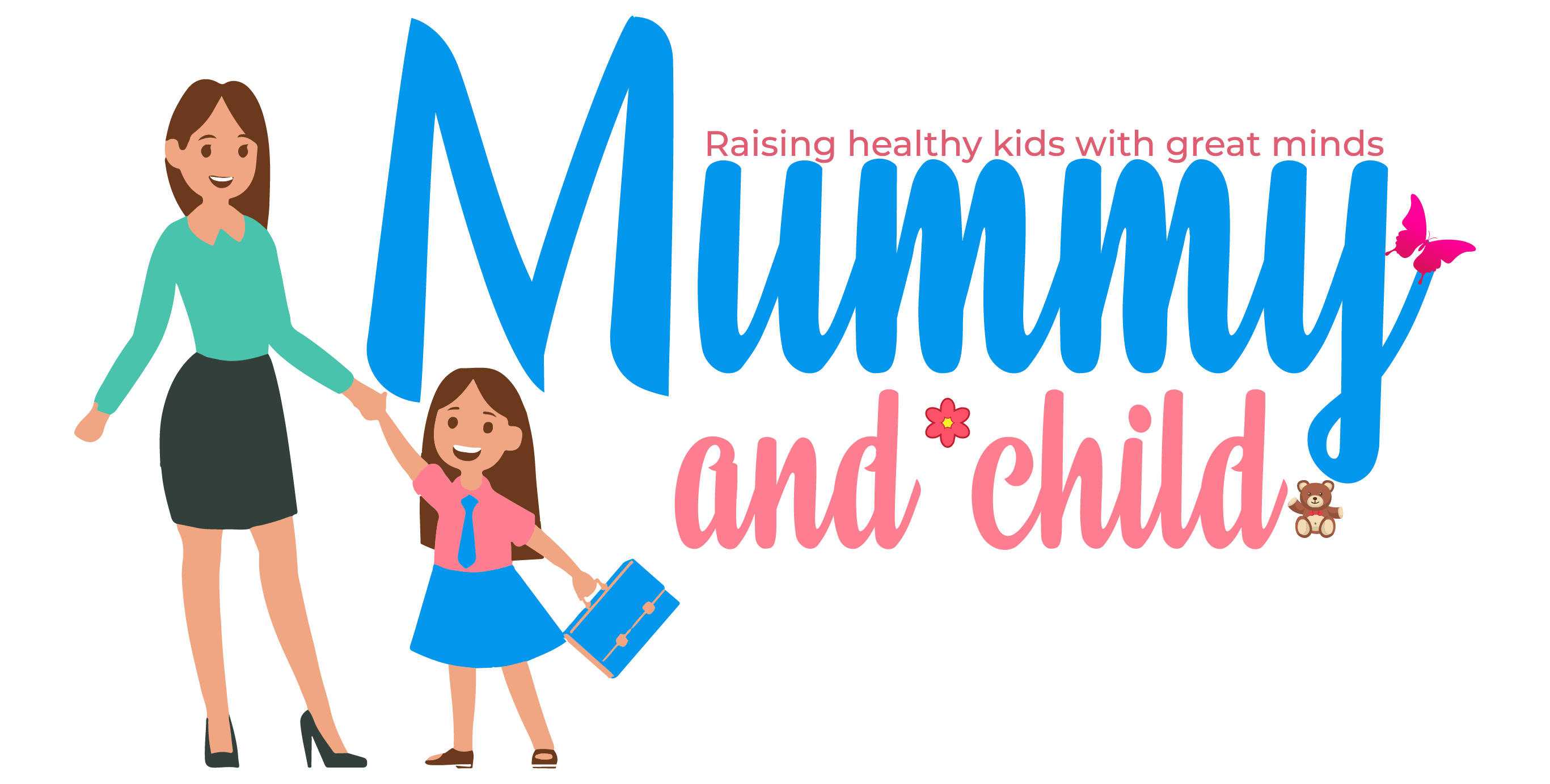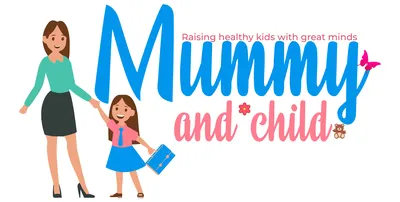A beautiful smile can boost your child’s self-confidence. Displaying an attractive smile is only possible if your child’s teeth are in perfect condition. Decayed, misaligned, and broken teeth are signs that your kid’s oral health is not well-taken care of.
As parents, you are responsible for your kids’ dental health, and take them to a doctor if their oral health is compromised. While taking your child to a general dental practitioner for routine dental issues is okay, some problems are more serious, requiring you to consult an orthodontist.
Finding an experienced orthodontist shouldn’t be challenging if you live in the largest city in Ohio, Beavercreek, OH, where there are many opportunities and facilities available, including great dental healthcare.
If you notice any of the signs mentioned below, contact an orthodontist in your area for a consultation.
1. Your child has misaligned jaws
If you notice your child has misaligned jaws, it is better to contact an orthodontist sooner than later to eliminate the issue. Misalignment in the jaws means the upper and the lower jaw don’t align properly.
A delay in treating misaligned jaws can lead to many other problems, such as difficulty eating, drinking, and breathing, affecting your child’s overall well-being.
Misalignment in the jaws can occur for various reasons, such as genetics, growth discrepancies, or habits like thumb-sucking. Only an orthodontist is the right person to treat these issues. They can examine your child, determine the underlying reason, and suggest possible treatments.
When looking for an orthodontist, always consider a seasoned professional. Saving a few bucks on the orthodontist’s fee or treatment plan can be extremely costly for your child in the long run. If you live in a place like Beavercreek, OH, you may be able to afford a good orthodontist, considering the median household income of this city is $101,042. In that case, find the best family orthodontic care in Beavercreek, OH, and stick to their treatment plan and advised precautions.
2. Your kid sucks their thumb or finger
It is not unusual for a child to suck their thumb in infancy, but if they continue to do so even after two years of age, it is a matter of concern. Excessive thumb-sucking can lead to major dental problems if left unaddressed. One of those is diastema, which puts pressure on the front teeth and causes them to pull outwards, forming a gap.
If that’s the case, visit an experienced orthodontist who understands the impact of this habit on your child’s oral health. They can provide proper guidance to manage or break this habit.
An orthodontist may recommend age-appropriate techniques, devices, or interventions to gently discourage and eliminate this habit with time. In case of diastema, your orthodontist may suggest braces or filling the gap between teeth, veneers, or bonding.
3. Your kid breathes through the mouth
A child continuously breathing through their mouth instead of the nose can affect the alignment of their teeth and the development of facial structure. This habit can lead to problems like dry mouth, changes in jaw shape (narrower jaws), and so on.
By consulting with an orthodontist, you can determine whether the issue is caused by allergies, enlarged tonsils, or dental problems. Simultaneously, you can consult with other doctors, such as ENT (ear, nose, and throat) specialists, for a thorough evaluation. Early treatment can help you address this issue on time.
4. Your child’s teeth are spaced out or overlapping
It is common to find kids with extremely spaced out or overlapping teeth. Parents often brush aside this problem as a common occurrence in kids, let alone consulting an orthodontist. However, the right approach is to be proactive and seek medical advice from a dental expert.
Overlapping of teeth indicates that the teeth are crowding, the jaw is undergoing improper growth, or your child has an imbalanced tooth size. Teeth crowding makes it harder to clean the teeth, putting your child at risk of gingivitis or cavities. Eventually, it can contribute to the development of gum disease. On the other hand, gaps between teeth are the perfect recipe for promoting cavities between teeth.
In these situations, approaching an orthodontist means taking a necessary step to ensure your child’s overall health and well-being. The orthodontist can recommend interventions, like braces, to guide the teeth to grow into their correct position. By seeking treatment early, you can avoid dealing with an extensive problem and shorten the treatment time.
5. Your kid clenches or grinds their teeth
According to estimates, three out of ten kids grind their teeth before they are five. No one really knows what causes some kids to clench or grind their teeth, especially during sleep; however, stress can be a factor.
Teeth grinding becomes a cause of concern when it happens due to improper tooth alignment. If you suspect this, take your kid to an orthodontist for a proper examination.
At home, you can help your kid develop a relaxing bedtime routine. For instance, a warm shower, reading an interesting story to them, or deep breathing can help your child sleep peacefully.
At the same time, look for sources of stress that are making your child clench or grind their teeth, such as an impending assessment or exam or bullying at school. Encourage your child to discuss their problem with you and help them solve it.
6. Your child develops a noticeable overbite or underbite
In an ideal dental occlusion, the upper and lower teeth fit together, promising proper chewing, speaking, and overall functionality of the mouth. However, sometimes your kid develops a noticeable underbite or overbite, making it the perfect scenario for taking them to an orthodontist.
Underbite or overbite is a malocclusion resulting from the misalignments of the teeth and jaws. When your child develops an overbite, their upper teeth protrude out over the lower teeth. Overbite is caused by teeth grinding (affecting about 15% of children), overcrowding, and pressing your tongue against your teeth.
While it is common to see this type of misalignment of the teeth, it is not something to be easily ignored. Overbite can result in jaw pain, tooth decay and cavities, intense headaches, and troubling sleeping.
An underbite is opposite to an overbite, in which the lower jaw (mandible) covers some of the upper teeth. It is less common than an overbite; however, the sooner it is treated, the better. Many factors can contribute to developing underbite in your child, such as using pacifiers after the age of four, feeding bottled milk after one to one and a half years, genetics, etc.
Many of the problems associated with underbite are the same as overbite. In addition, an underbite can also cause speech problems while making your teeth arrangement aesthetically less appealing.
Conclusion
Delaying your kid’s orthodontic needs can exacerbate the problems leading to extended and costly treatment plans. Whereas your proactive approach in consulting with an orthodontist when you find your child’s dental issues can save them from undue pain.



Comments are closed.